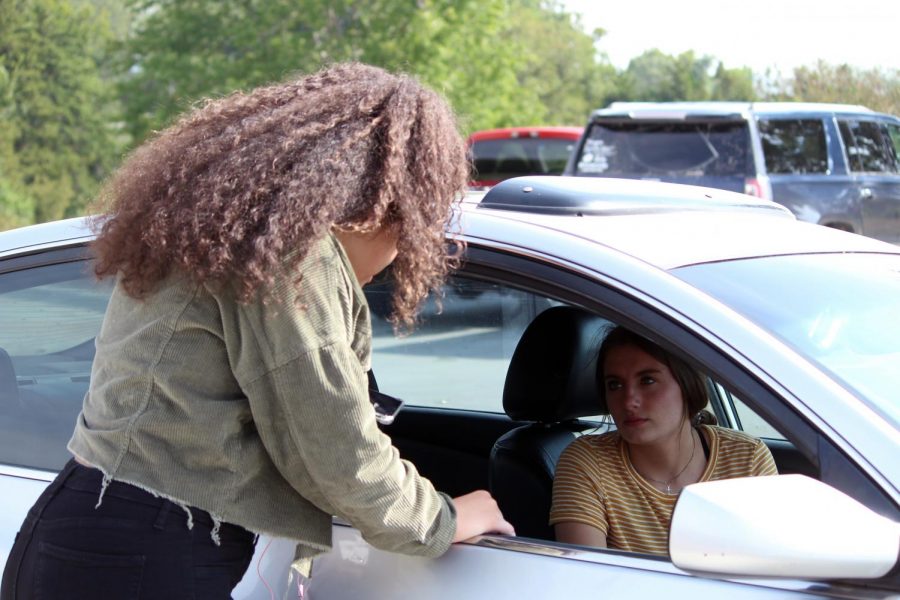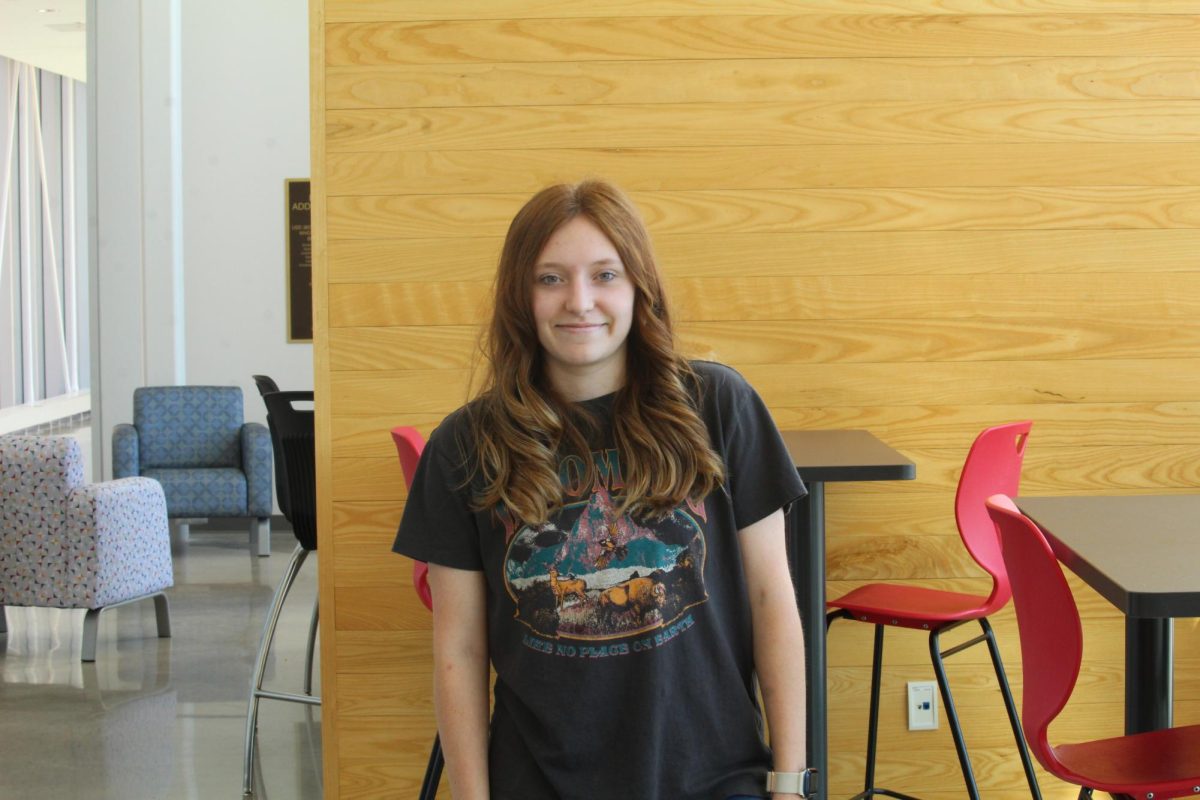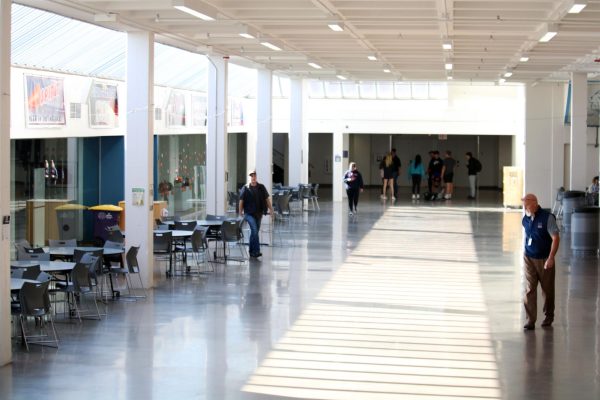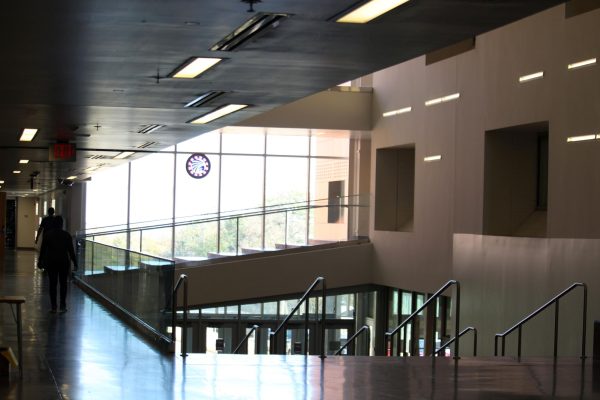Hybrid schedule heightens stress for teachers
October 1, 2020
Hybrid learning has been a stressful experience for everyone, but those bearing the brunt of it are teachers. They have had to redo their classes and teaching styles to try and do their job whilst only seeing their students for a 90-minute period once a week, and they are constantly on call to answer student’s questions remotely.
At last week’s USD 383 Board of Education meeting, board members raised concern about teachers resigning or retiring early due to the workload.
There are a number of reasons why hybrid takes more time from teachers. One of the first is that teachers are essentially teaching two types of classes. They have to write lessons that will work for a block period and also ones that will work for online classes.
“I not only have to figure out what I’m going to have them do in the classroom, but I have to figure out videos or I have to video myself to add to their Canvas account,” high school union representative Heide Rippert said. “I myself have seven different preps. So, I have to figure out seven classes and figure out what I’m putting online for them and what I’m doing [in school].”
Preparing for an online class also takes more time than for in-person. Some teachers didn’t start using Canvas until last spring, and are still learning the technology.
“Right now we’re all having to learn what technology works best for us and our situation,” Rippert said. “Because not all techniques, not all platforms are going to work for each teacher…. And so the first year, it’s a lot of work.”
Regardless of familiarity with Canvas and other tools, recording a lecture outside of school and also teaching in-class takes more time than just preparing regular instruction. According to Business and Finance teacher Glenda Eichmann, she is spending 25-30 more hours a week preparing for school than in previous years, just to prepare video lectures for her three classes. Teachers aren’t being compensated for any of this.
Along with preparing for online, the 90 minutes teachers do have in class must include a lot more information, placing an additional pressure on teachers for their in-person activities.
“With this style [hybrid], I don’t see them as much, so I’m pushing content down their throat the 90 minutes that I see them, because I have to, otherwise they’re watching it on a video lecture,” Eichmann said. “And they can do that, but it’s not a lively discussion and interaction that truly makes learning happen.”
Another stressor is that teachers don’t feel as if their students are learning as much with the new system.
“I’m a perfectionist, so I like everything to be perfect, and I want to give my 100% to the students and sometimes I feel almost like I’m not doing it,” Spanish teacher Carmen Wilson said. “So it gets really stressful.”
As they only see them once a week, Teachers also have to communicate with their students outside of class, meaning they feel more pressure to constantly be on call for students who have questions or need help.
“I want to be available to all my students, so I’ve been on the phone sometimes Saturdays at night, but it doesn’t bother me because they see me only once once a week. So the more I’m available to them the more comfortable they are to come to class ready to learn,” Wilson said. “Sometimes when I see an email coming in, I have five minutes because my students here in class are working independently, and I’m immediately answering the emails, because I feel that they need guidance. And if I don’t answer them right away, I feel like I am not doing my job.”
There isn’t much that can be done at the moment to reduce stress, as going back to five days is considered too much of a risk. But there are a few things that can be done to help. Students can do their best to read instructions on Canvas carefully before contacting teachers, and they can try to avoid sending emails late at night and on weekends. Along with that, understanding and support for all sides can go a long way.
“For teachers, we need support. We need somebody to make us feel like we can keep going… because we’re really just in the trenches of our classroom, we don’t have any time to be outside of that, even our own time at home is taken now, because you can see the number of hours it takes to do our job well,” Eichmann said. “It’s just coming from all angles, and we don’t really see a break in it right now, it’s just getting even harder.”













